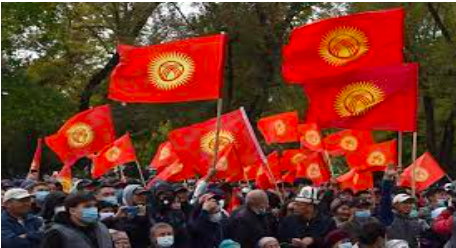Architects of Dutch Indonesia
Posted on : November 11, 2019Author : AGA Admin

The Dutch system of rule in colonial Java was both direct and dualistic. Alongside the Dutch hierarchy, there existed an indigenous one that functioned as an intermediary between the Javanese peasants and the European civil service. The top of this indigenous structure consisted of the Javanese aristocracy, constituted bythe officials whopreviously ran the Mataram administration. After colonization however they had to execute the will of the Dutch center.Names of two architects of the new Dutch colonial state in Indonesia stand out in history.One of them isHerman Willem Daendels, Governor-General from 1808 to 1811 during the French occupation of Holland and, the other isthat of British Lieutenant Sir Stamford Raffles, who was Governor-General from 1811 to 1816 during the British occupation of Java. Daendels reorganized the central and regional colonial administration by dividing Java into districts (also known as residencies), each one headed by an European civil servant – called the resident – who was directly subordinate – and had to report – to the Governor-General in Batavia. These residents were responsible for a wide range of matters in their residency, ranging from legal matters to the organization of agriculture.Raffles continued the process of reorganizations of his predecessor (Daendels) by reforming the judicial, police and administrative system of Java. He introduced the land-tax which meant that Javanese peasants had to pay tax, approximately the value of two-fifths of their annual harvests, to the authorities. Raffles also had a sincere interest in the cultures and languages of Java. In 1817 he published his The History of Java, one of the first academic works on the topic of Java. However, his administrative reorganizations meant an increasing intervention in Java’s society and economy by foreigners, which is reflected by the growing number of middle ranked European officials working in the residencies. Between 1825 and 1890 this number increased from 73 to 190.The increasing Dutch dominance over Java did not however come without resistance. When the Dutch colonial authorities decided to build a road on the land of prince Diponegoro (who was appointed as guardian of the throne of Yogyakarta after the sudden death of his half-brother), he rebelled, supported by a majority of the Javanese population in Central Java and turned it into a jihad war. This war lasted from 1825 to 1830 and resulted in the deaths of approximately 215,000 people, mostly Javanese. However, when the Java War was over – and prince Diponegoro captured – the Dutch were more dominant on Java than before.




